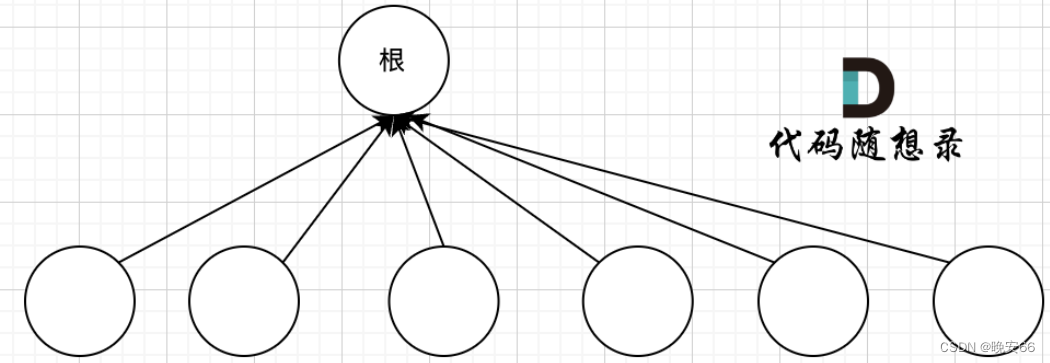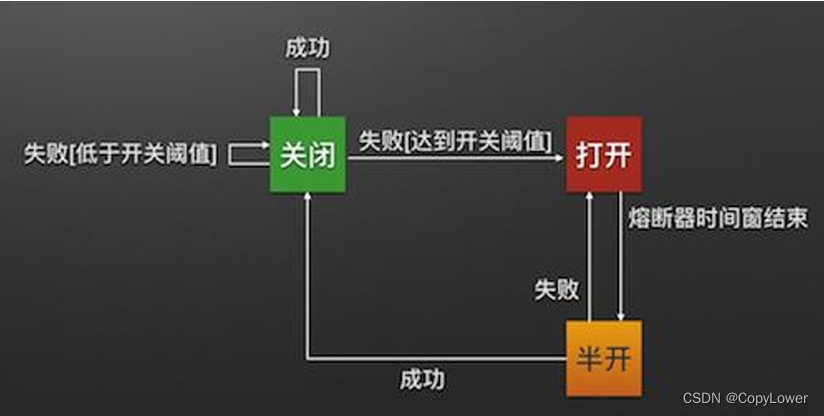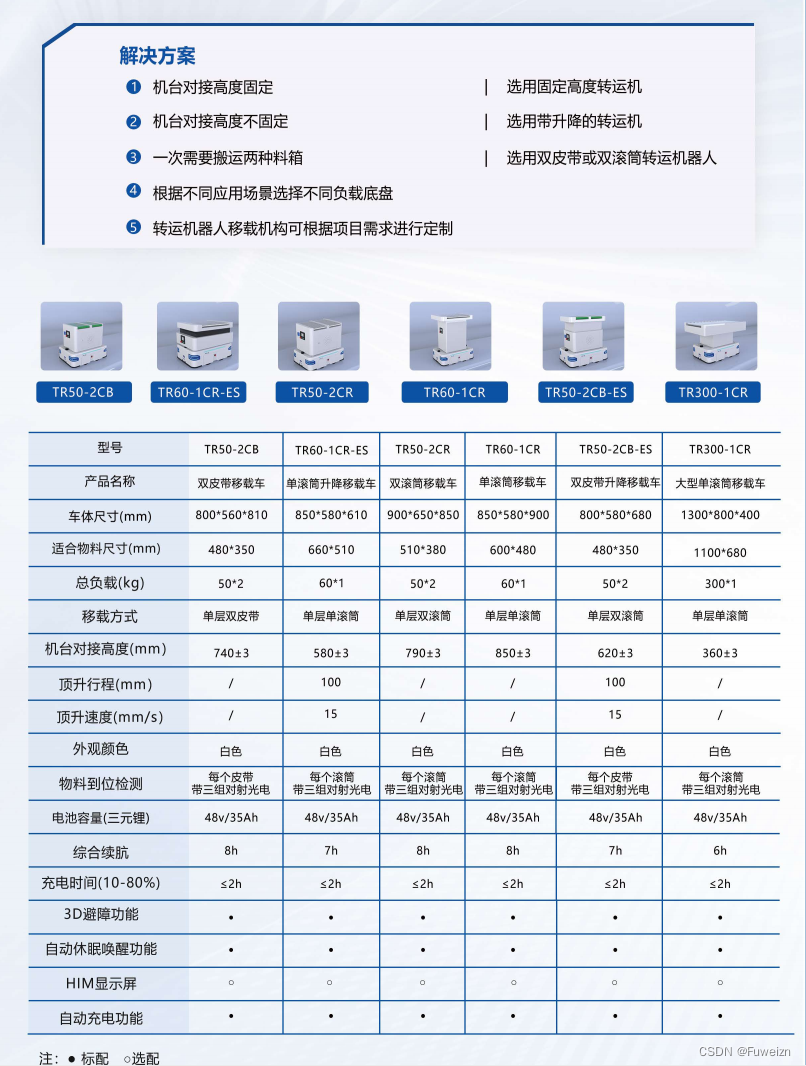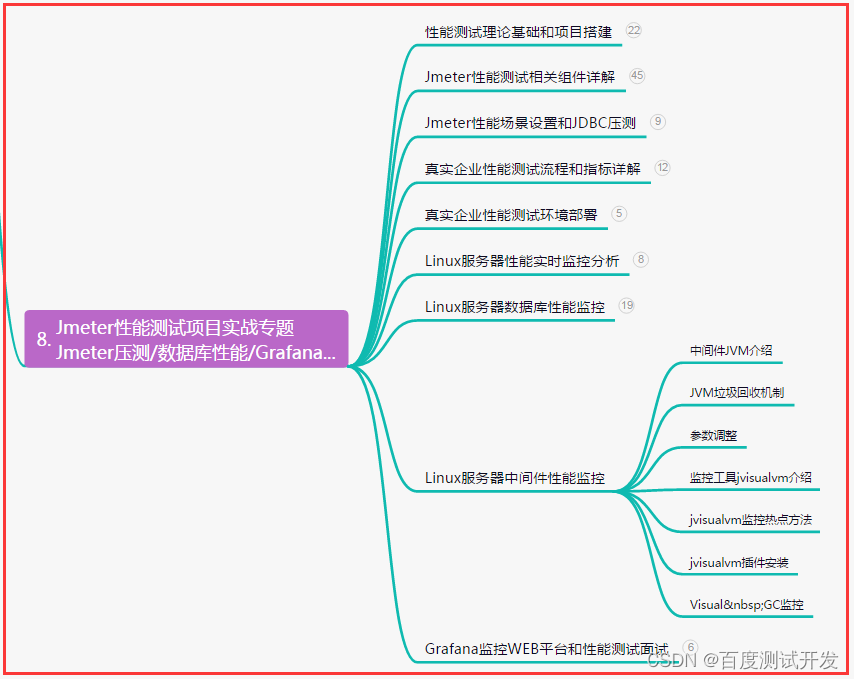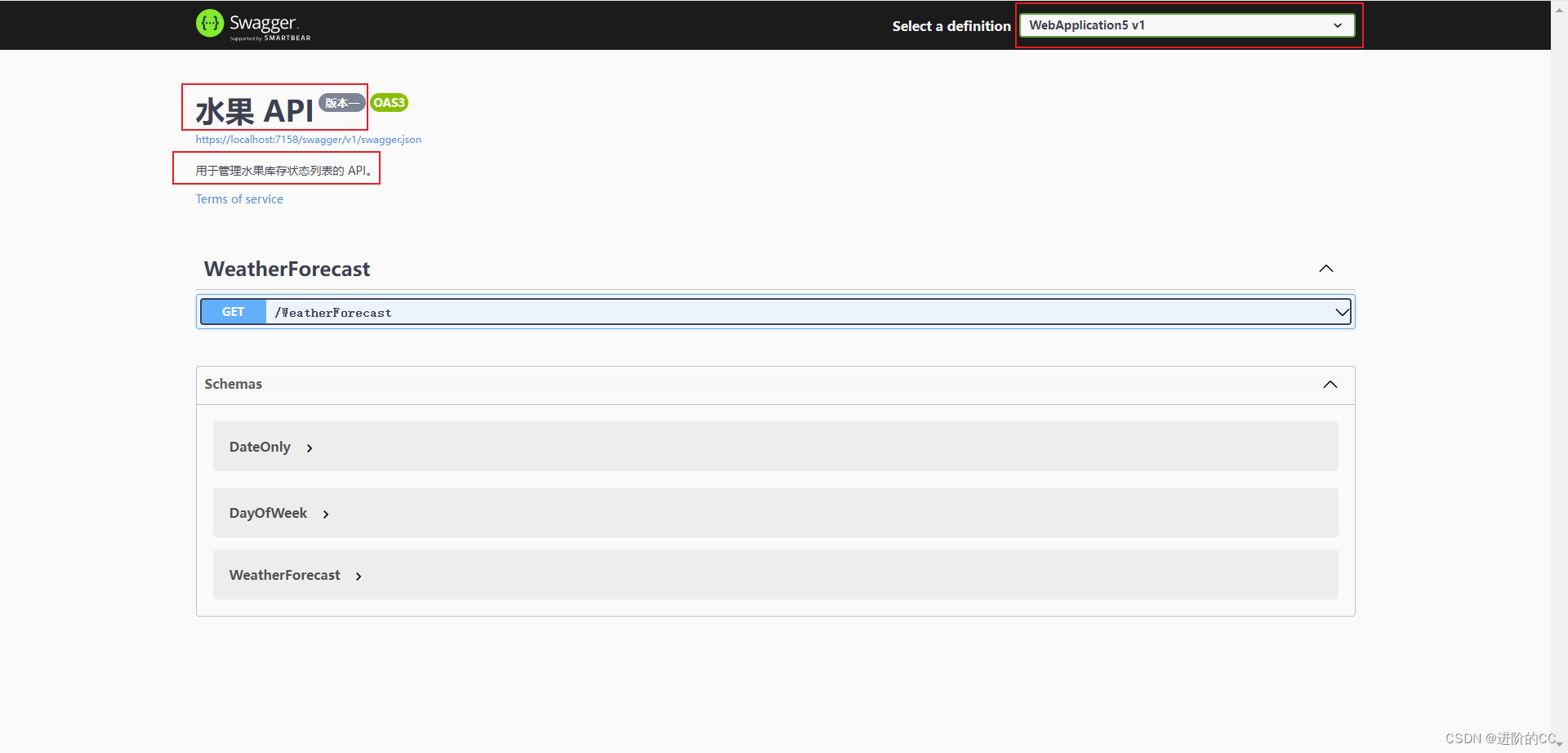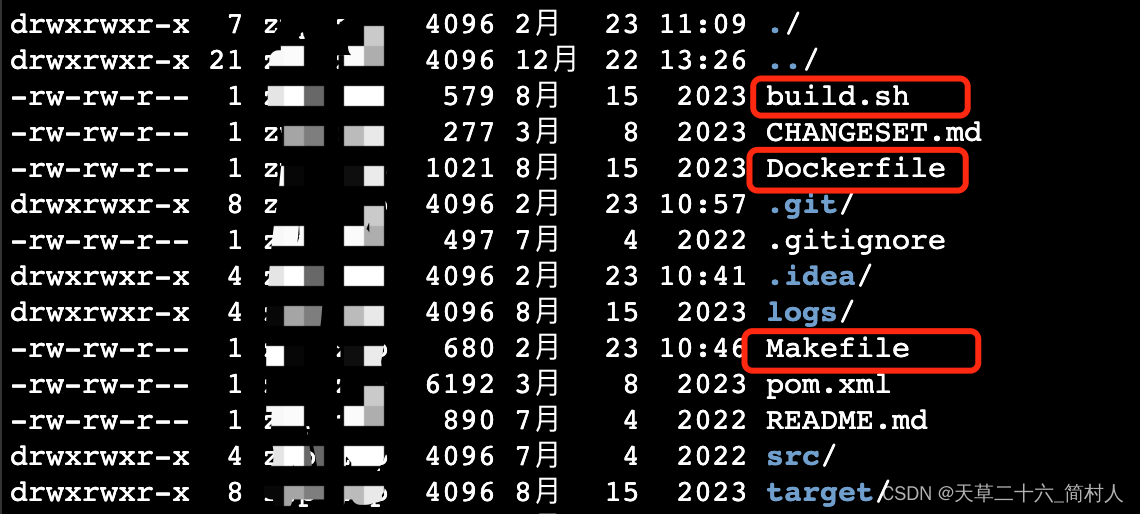项目介绍
本文档是在eTS项目hap包中实现串口访问的使用说明,通过JS接口开放给上层应用使用。
一、开发环境准备
安装OpenHarmony SDK
1. 在DevEco Studio菜单栏选择Tools->SDK Manager

2. OpenHarmony SDK选项中选择配备API版本进行安装
二、创建eTS项目
创建支持Native C++的eTS项目


三、NAPI库相关
生成串口NAPI库
1. 添加文件src/main/cpp/types/libserialhelper/serialhelper.d.ts
/** Copyright (C) 2021-2022 Huawei Device Co., Ltd.* Licensed under the Apache License, Version 2.0 (the "License");* you may not use this file except in compliance with the License.* You may obtain a copy of the License at** http://www.apache.org/licenses/LICENSE-2.0** Unless required by applicable law or agreed to in writing, software* distributed under the License is distributed on an "AS IS" BASIS,* WITHOUT WARRANTIES OR CONDITIONS OF ANY KIND, either express or implied.* See the License for the specific language governing permissions and* limitations under the License.*/import {AsyncCallback, Callback} from "basic";
declare namespace serialHelper {/*** Open serial port.* @param dev Indicates the serial port dev.*/function openSerial(dev:string, callback: AsyncCallback<void>): void;function openSerial(dev:string): Promise<void>;/*** Close serial port.* @param dev Indicates the serial port dev.*/function closeSerial(dev:string, callback: AsyncCallback<void>): void;function closeSerial(dev:string): Promise<void>;
}
export default serialHelper;2. 添加文件src/main/cpp/types/libserialhelper/package.json
{"name": "libserialhelper.so","types": "./serialhelper.d.ts"
}3. 根据serialhelper.d.ts文件生成对应的c++源码
方式一:手动编写src/main/cpp/serial_helper.cpp
struct AsyncCallInfo{napi_env env = nullptr;napi_ref callbackRef = nullptr;napi_deferred deferred = nullptr;napi_async_work work = nullptr;void *data = nullptr;
};
static void AsyncCallFinish(AsyncCallInfo* asyncCallInfo, int32_t result, napi_value *asyncResult)
{if (asyncCallInfo->deferred) {if (result == 0) {napi_resolve_deferred(asyncCallInfo->env, asyncCallInfo->deferred,asyncResult[1]==nullptr?asyncResult[0]:asyncResult[1]);} else {napi_reject_deferred(asyncCallInfo->env, asyncCallInfo->deferred, asyncResult[0]);}} else {napi_value callback = nullptr;napi_get_reference_value(asyncCallInfo->env, asyncCallInfo->callbackRef, &callback);napi_call_function(asyncCallInfo->env, nullptr, callback, CALLBACK_ARGV_CNT, asyncResult, nullptr);napi_delete_reference(asyncCallInfo->env, asyncCallInfo->callbackRef);}
}static napi_value Call_OpenSerial(napi_env env, napi_callback_info info)
{size_t argc = 0;napi_value args[DEFAULT_ARG_COUNT] = {0};napi_get_cb_info(env, info, &argc, args , nullptr, nullptr);...napi_value resourceName = nullptr;napi_create_string_utf8(env, "x_napi_tool", NAPI_AUTO_LENGTH, &resourceName);napi_create_async_work(env, nullptr, resourceName,[](napi_env env, void* data) {AsyncCallInfo* asyncCallInfo = (AsyncCallInfo*)data;OpenSerialValue* openValue = (OpenSerialValue*)asyncCallInfo->data;//openValue->out = SerialClient::GetInstance()->OpenSerial(openValue->dev);},[](napi_env env, napi_status status, void* data) {AsyncCallInfo* asyncCallInfo = (AsyncCallInfo*)data;OpenSerialValue* openValue = (OpenSerialValue*)asyncCallInfo->data;napi_value asyncResult[CALLBACK_ARGV_CNT]={nullptr, nullptr};napi_create_int32(env, openValue->out, &asyncResult[0]);AsyncCallFinish(asyncCallInfo, openValue->out,asyncResult);napi_delete_async_work(env, asyncCallInfo->work);delete openValue;delete asyncCallInfo;},(void*)asyncCallInfo, &asyncCallInfo->work);napi_queue_async_work(env, asyncCallInfo->work);return retValue;
}方式二:使用NAPI框架生成工具生成 工具链接
1)将serialhelper.d.ts、basic.d.ts复制到同一目录中,创建out目录
2)执行./napi_generator-linux -f serialhelper.d.ts -o out
3)将生成的源码文件复制到src/main/cpp
4. make文件:src/main/cpp/CMakeList.txt
# the minimum version of CMake.
cmake_minimum_required(VERSION 3.4.1)
project(XComponent)set(NATIVERENDER_ROOT_PATH ${CMAKE_CURRENT_SOURCE_DIR})include_directories(${NATIVERENDER_ROOT_PATH})
add_library(serialhelper SHARED serial_helper.cpp)
target_link_libraries(serialhelper PUBLIC libace_napi.z.so libc++.a)5. 添加项目依赖
entry/package.json
"devDependencies": {"@types/libserialhelper.so": "file:./src/main/cpp/types/libserialhelper"
}entry/package-lock.json
"dependencies": {"@types/libserialhelper.so": {"version": "file:src/main/cpp/types/libserialhelper","dev": true}
}6. 编译生成
修改编译项entry/build-profile.json5:
"buildOption": {"externalNativeOptions": {"path": "./src/main/cpp/CMakeLists.txt","arguments": "-v -DOHOS_STL=c++_shared","abiFilters": ["armeabi-v7a",],"cppFlags": "",}
}四、实现串口异步回调
添加串口IPC客户端libserialport_service_api.z.so库,并且实现具体的异步回调功能
-
将libserialport_service_api.z.so复制到entry/libs/armeabi-a7v目录
-
将库的头文件复制到entry/src/main/cpp/include目录
-
继承SerialCallbackBase类,实现串口数据异步回调SerialAsyncCallback
class SerialAsyncCallback: public SerialCallbackBase { public:SerialAsyncCallback() = default;~SerialAsyncCallback();// 通知回调事件void OnCallBackEvent() override;// 接收到串口数据void OnRecvData(const uint8_t *buffer, uint32_t length) override;... }; -
修改src/main/cpp/CMakeList.txt文件
# the minimum version of CMake. cmake_minimum_required(VERSION 3.4.1) project(XComponent)set(NATIVERENDER_ROOT_PATH ${CMAKE_CURRENT_SOURCE_DIR})include_directories(${NATIVERENDER_ROOT_PATH}${NATIVERENDER_ROOT_PATH}/include)link_directories(${NATIVERENDER_ROOT_PATH}/../../../libs/${CMAKE_OHOS_ARCH_ABI}) add_library(serialhelper SHARED serial_helper.cpp x_napi_tool.cpp serial_async_callback.cpp) target_link_libraries(serialhelper PUBLIC libace_napi.z.so libc++.a libhilog_ndk.z.so libuv.so libserialport_service_api.z.so) -
在napi函数中调用api函数,使用NAPI框架生成工具生成OpenSerial代码,如下:
struct OpenSerial_value_struct {std::string in0;int32_t out; };void OpenSerial_execute(XNapiTool *pxt, void *data) {OpenSerial_value_struct *vio = (OpenSerial_value_struct *)data;vio->out = get_serial_client()->OpenSerial(vio->in0); }void OpenSerial_complete(XNapiTool *pxt, void *data) {OpenSerial_value_struct *vio = (OpenSerial_value_struct *)data;napi_value result = nullptr;result = NUMBER_C_2_JS(pxt, Int32, vio->out);{napi_value args[XNapiTool::ARGV_CNT] = {result, nullptr};pxt->FinishAsync(vio->out, args);}delete vio; } napi_value OpenSerial_middle(napi_env env, napi_callback_info info) {XNapiTool *pxt = std::make_unique<XNapiTool>(env, info).release();if (pxt->IsFailed()) {napi_value err = pxt->GetError();delete pxt;return err;}struct OpenSerial_value_struct *vio = new OpenSerial_value_struct();pxt->SwapJs2CUtf8(pxt->GetArgv(0), vio->in0);napi_value result = pxt->StartAsync(OpenSerial_execute, vio, OpenSerial_complete,pxt->GetArgc() == 2 ? pxt->GetArgv(1) : nullptr);if (pxt->IsFailed()) {result = pxt->GetError();}return result; } -
模块注册
static napi_value init(napi_env env, napi_value exports) {std::shared_ptr<XNapiTool> pxt = std::make_shared<XNapiTool>(env, exports);//js函数与C++函数映射pxt->DefineFunction("setOptions", OHOS::SerialPort::SetOptions_middle);pxt->DefineFunction("openSerial", OHOS::SerialPort::OpenSerial_middle);pxt->DefineFunction("closeSerial", OHOS::SerialPort::CloseSerial_middle);pxt->DefineFunction("clearBuffer", OHOS::SerialPort::ClearBuffer_middle);pxt->DefineFunction("sendData", OHOS::SerialPort::SendData_middle);pxt->DefineFunction("recvData", OHOS::SerialPort::RecvData_middle);pxt->DefineFunction("transmit", OHOS::SerialPort::Transmit_middle);pxt->DefineFunction("on", OHOS::SerialPort::on_middle);pxt->DefineFunction("off", OHOS::SerialPort::off_middle);pxt->DefineFunction("setGPIODirection", OHOS::SerialPort::setGPIODirection_middle);pxt->DefineFunction("setGPIOValue", OHOS::SerialPort::setGPIOValue_middle);pxt->DefineFunction("getGPIOValue", OHOS::SerialPort::getGPIOValue_middle);return exports; }static napi_module g_serialHelper_Module = {.nm_version = 1,.nm_flags = 0,.nm_filename = nullptr,.nm_register_func = init,.nm_modname = "serialhelper",.nm_priv = ((void *)0),.reserved = {(void *)0}, };extern "C" __attribute__((constructor)) void Register_serialHelper_Module(void) {napi_module_register(&g_serialHelper_Module); } -
eTS调用接口验证
import serialHelper from "libserialhelper.so"...//打开串口this.tty /dev/ttyXRUSB0serialHelper.openSerial(this.tty).then(()=>{HiLog.i(TAG, "serial openSerial " + this.tty + " success")this.status = '开'}).catch((error)=> {HiLog.i(TAG, "openSerial " + this.tty + " failed:" + error)});...//设置为异步serialHelper.on("/dev/ttyXRUSB0", (data) => {var dataString = "";for (var i = 0; i < data.length; i++) {dataString += String.fromCharCode(data[i]);}HiLog.i(TAG, "ttyXRUSB0 len:" + data.length + " data:" + dataString);})应用启动后点击"打开/dev/ttyXRUSB0"按钮查看输出日志,出现serialport_client与serial_service_impl标志,表示访问串口服务成功
为了能让大家更好的学习鸿蒙(HarmonyOS NEXT)开发技术,这边特意整理了《鸿蒙开发学习手册》(共计890页),希望对大家有所帮助:https://qr21.cn/FV7h05
《鸿蒙开发学习手册》:
入门必看:https://qr21.cn/FV7h05
- 应用开发导读(ArkTS)
- ……

HarmonyOS 概念:https://qr21.cn/FV7h05
- 系统定义
- 技术架构
- 技术特性
- 系统安全

如何快速入门?:https://qr21.cn/FV7h05
- 基本概念
- 构建第一个ArkTS应用
- 构建第一个JS应用
- ……

开发基础知识:https://qr21.cn/FV7h05
- 应用基础知识
- 配置文件
- 应用数据管理
- 应用安全管理
- 应用隐私保护
- 三方应用调用管控机制
- 资源分类与访问
- 学习ArkTS语言
- ……

基于ArkTS 开发:https://qr21.cn/FV7h05
1.Ability开发
2.UI开发
3.公共事件与通知
4.窗口管理
5.媒体
6.安全
7.网络与链接
8.电话服务
9.数据管理
10.后台任务(Background Task)管理
11.设备管理
12.设备使用信息统计
13.DFX
14.国际化开发
15.折叠屏系列
16.……



